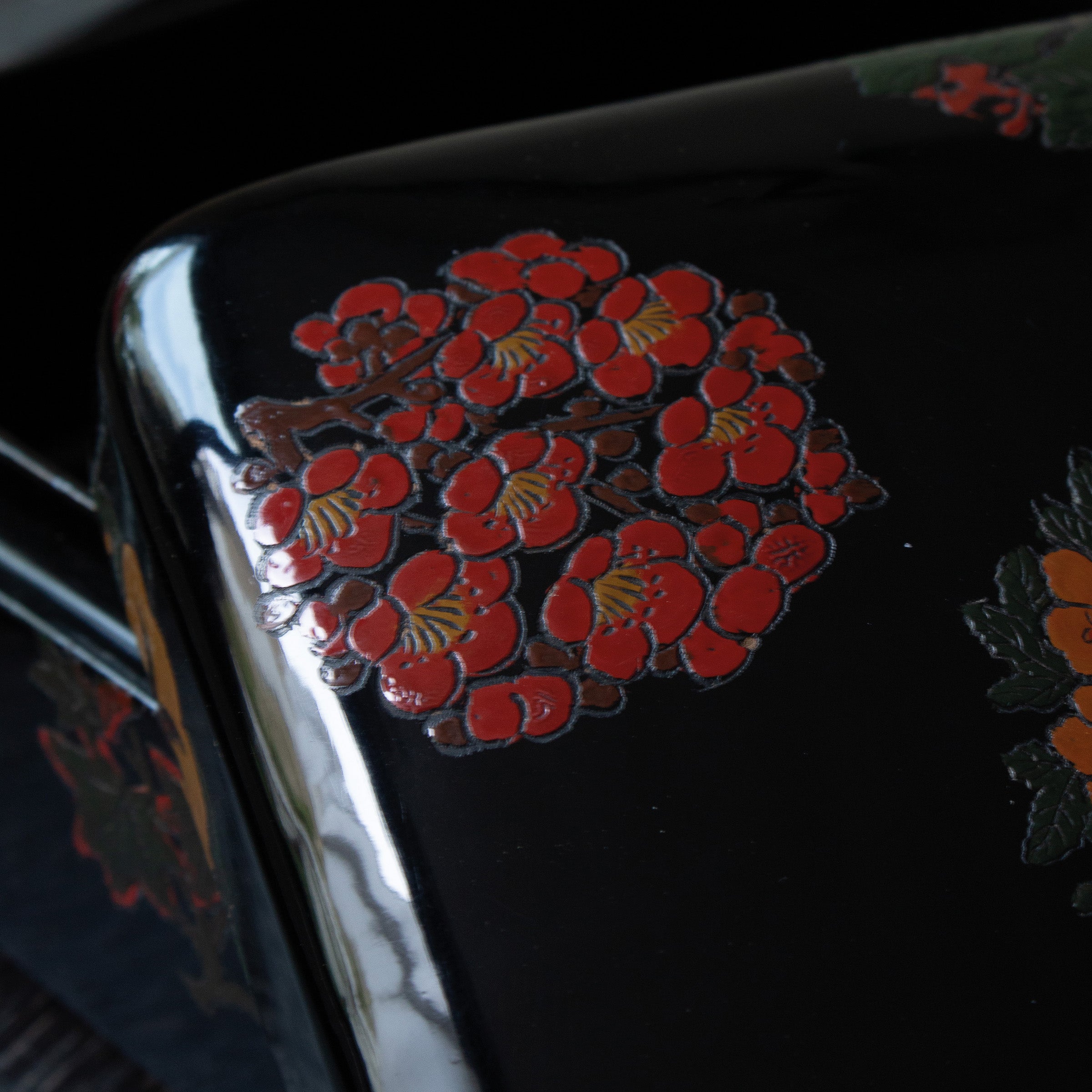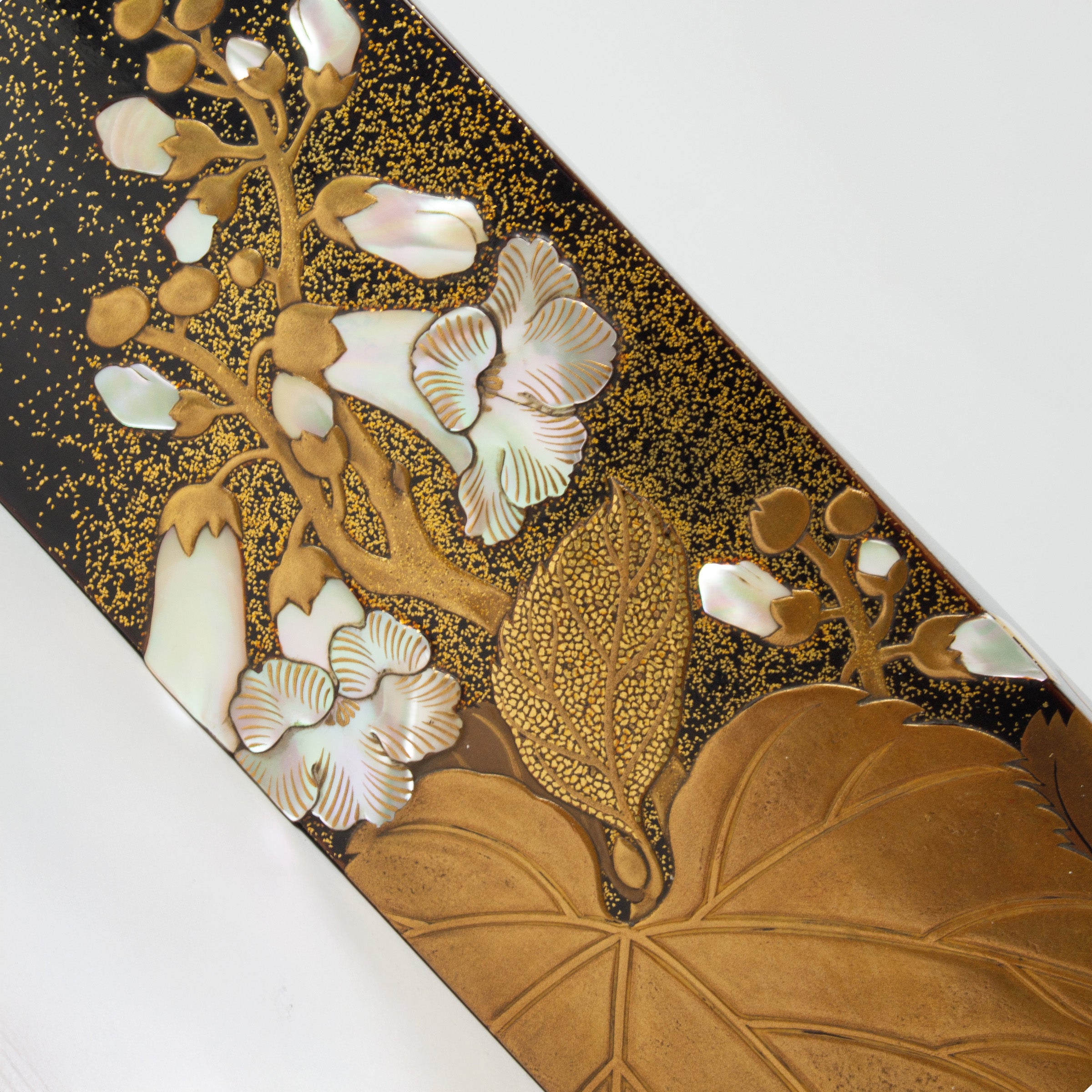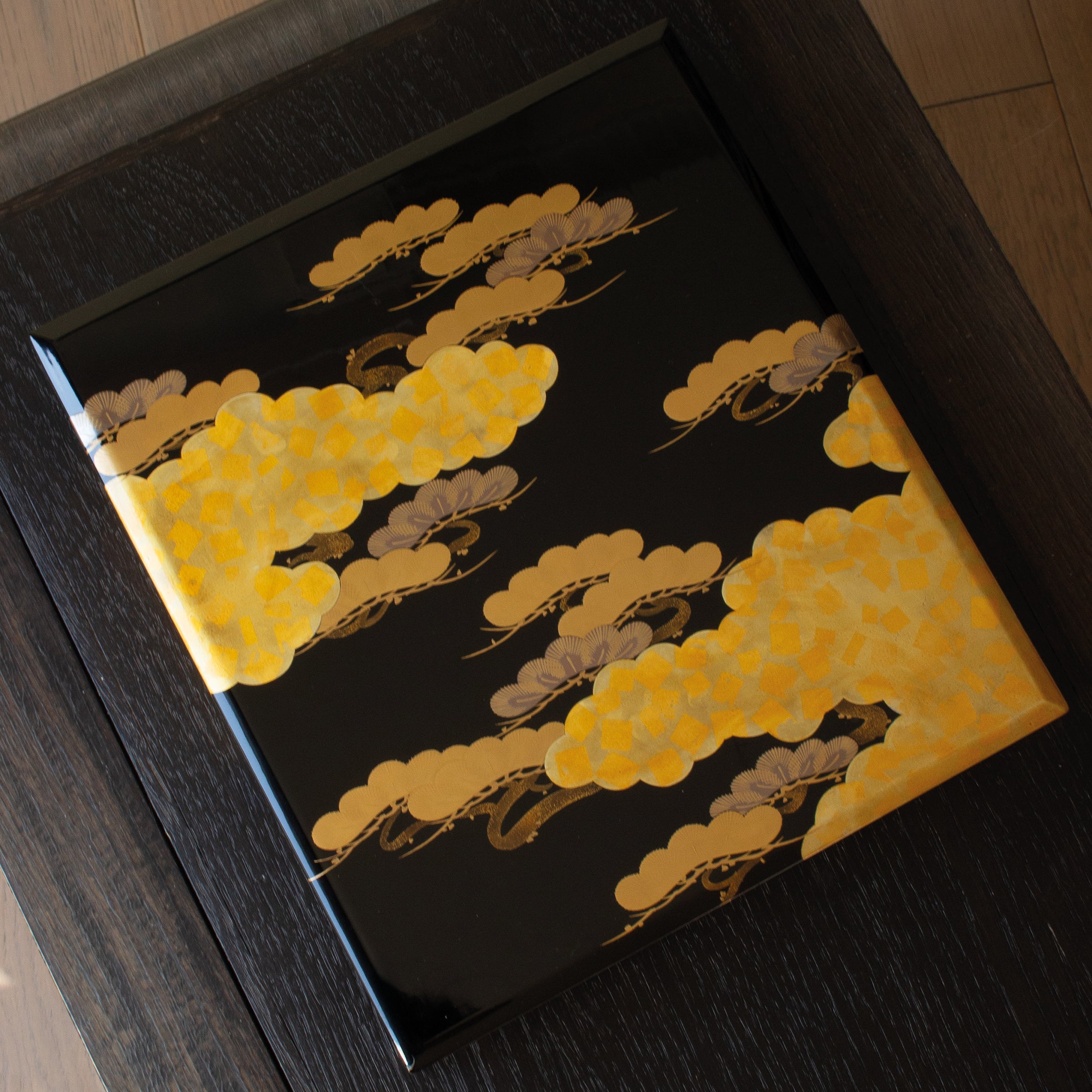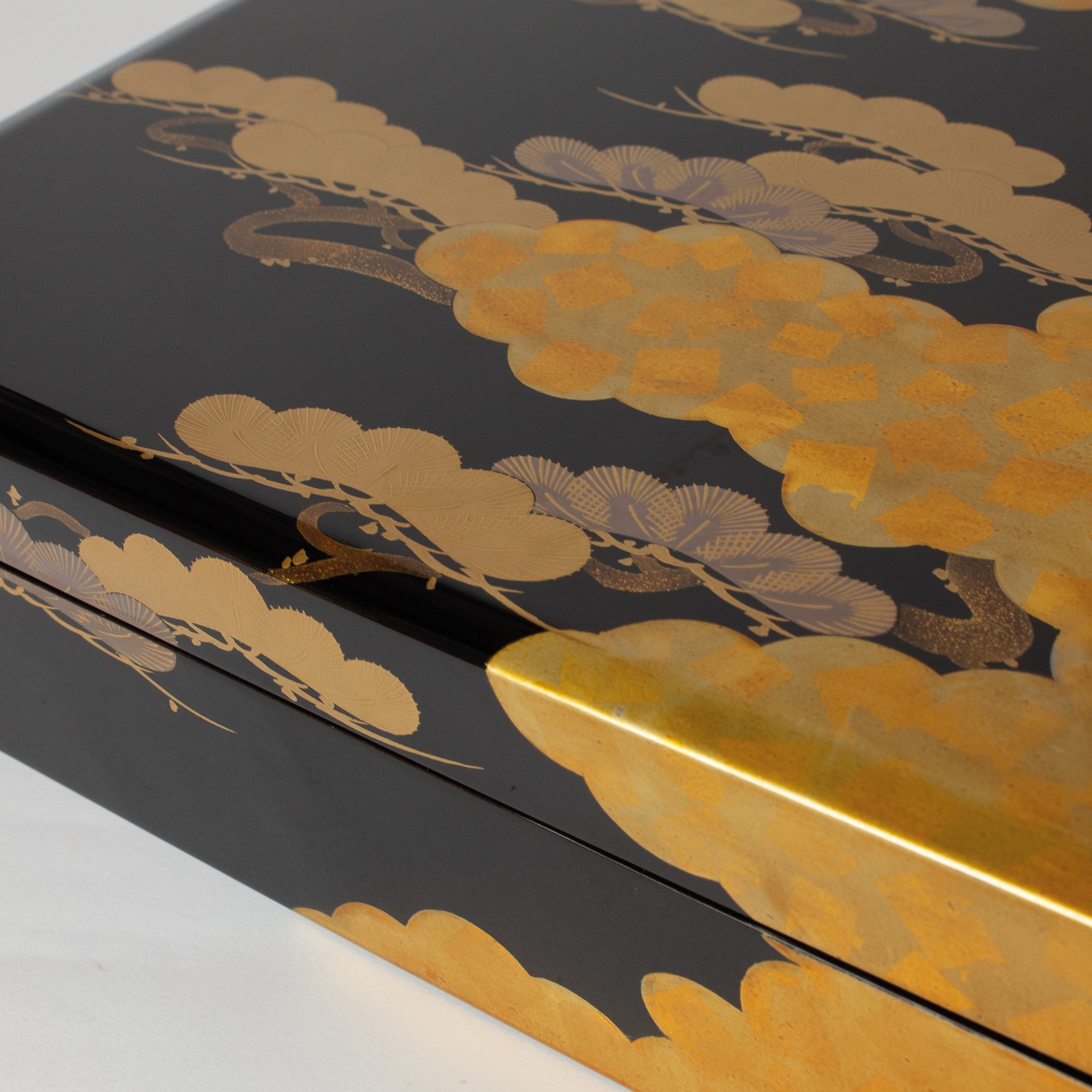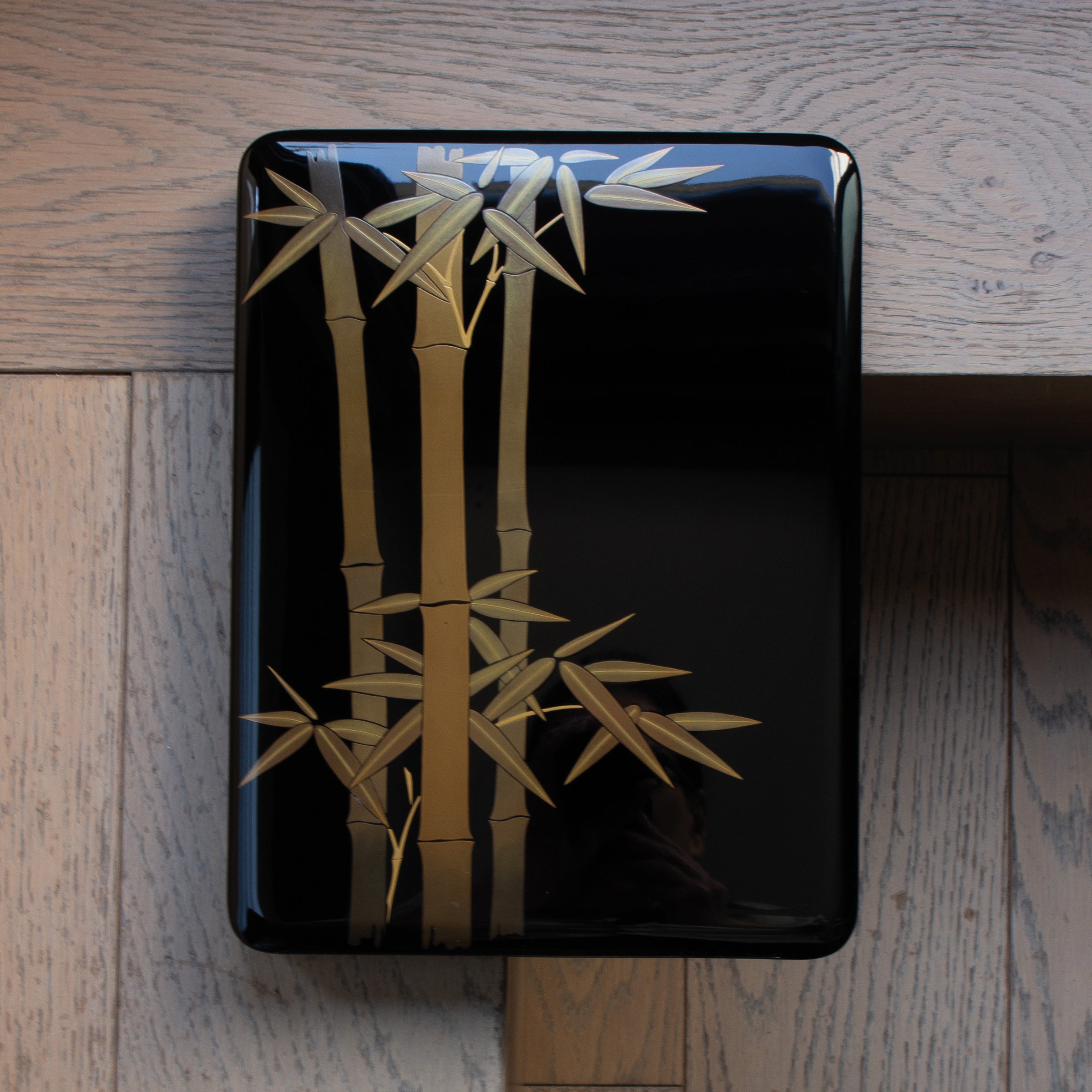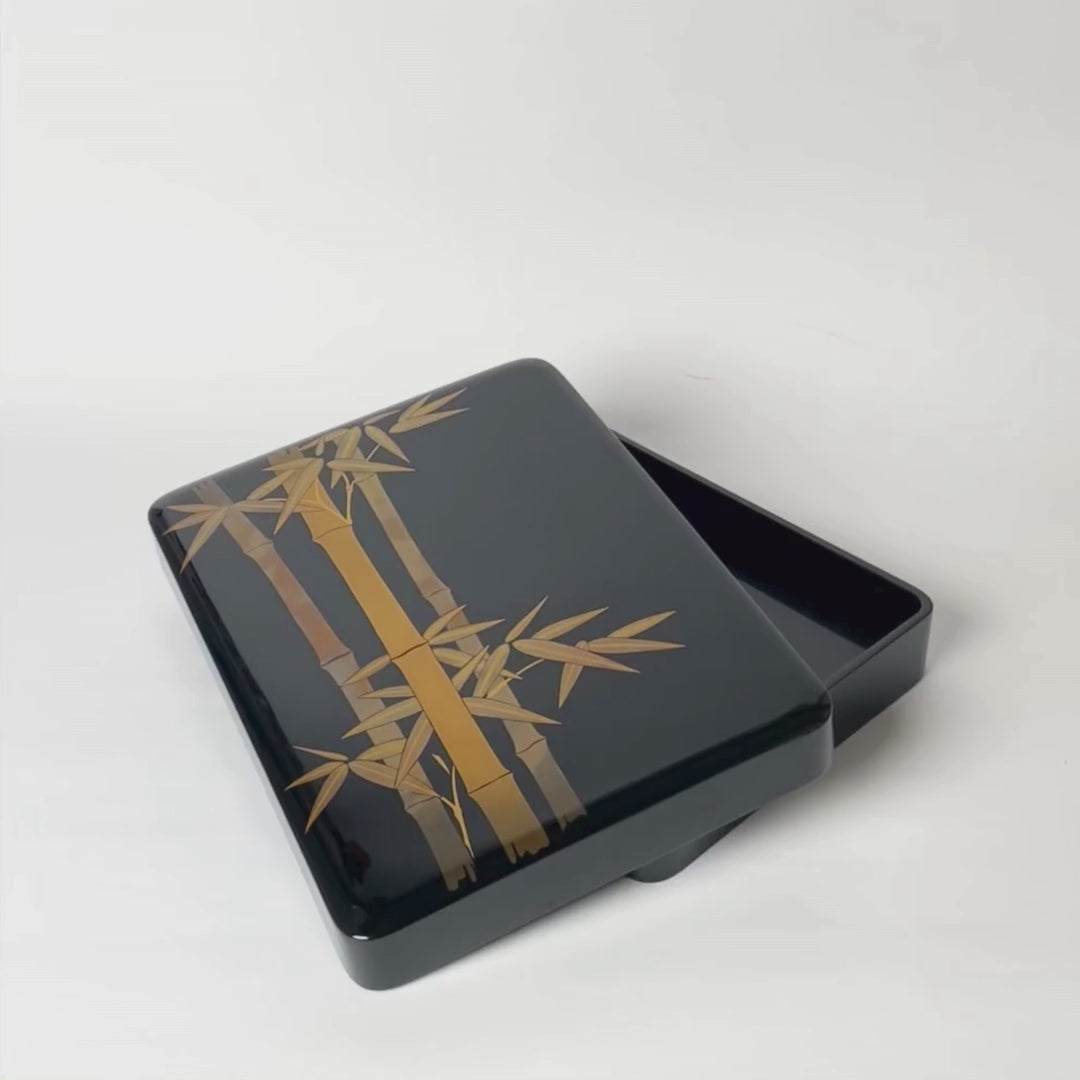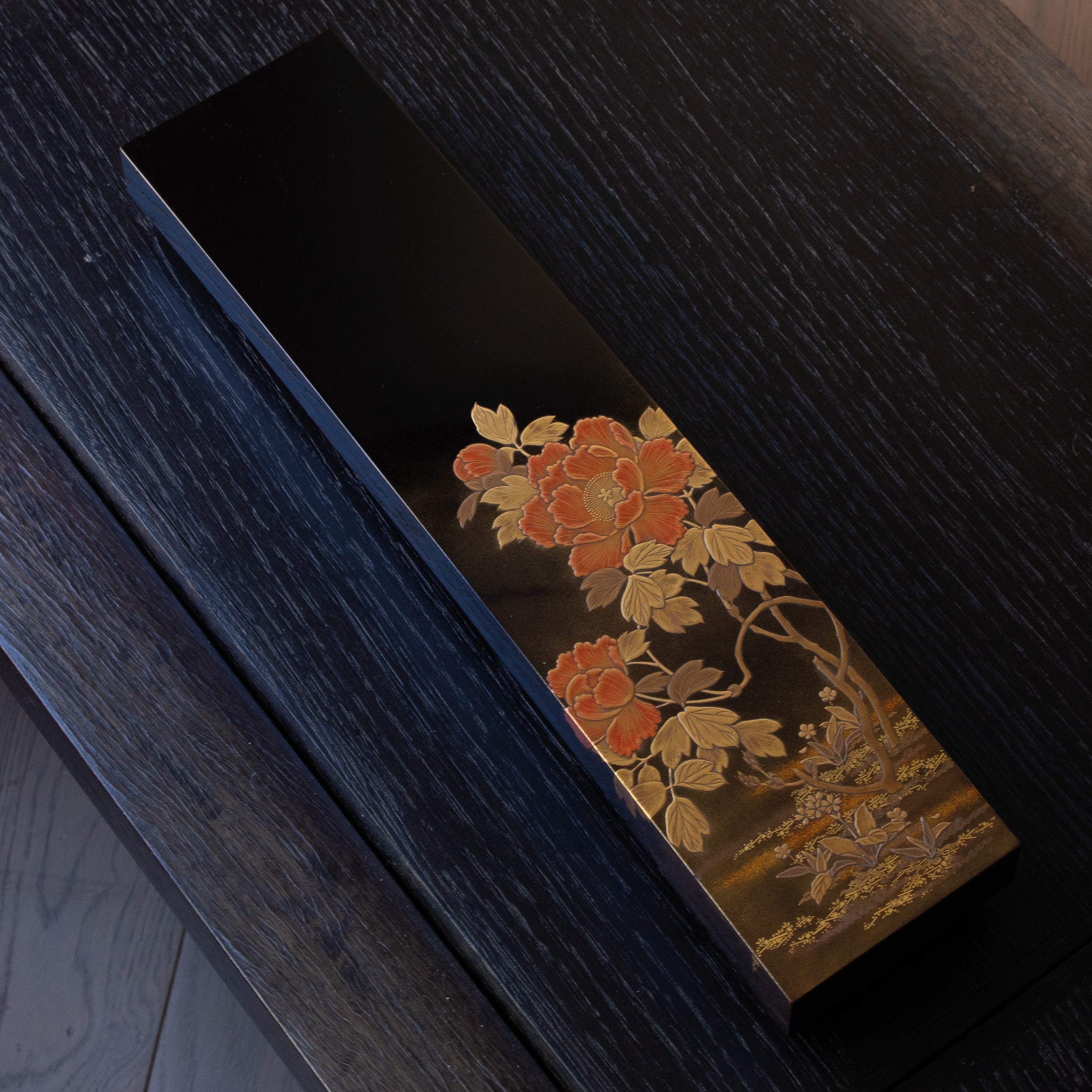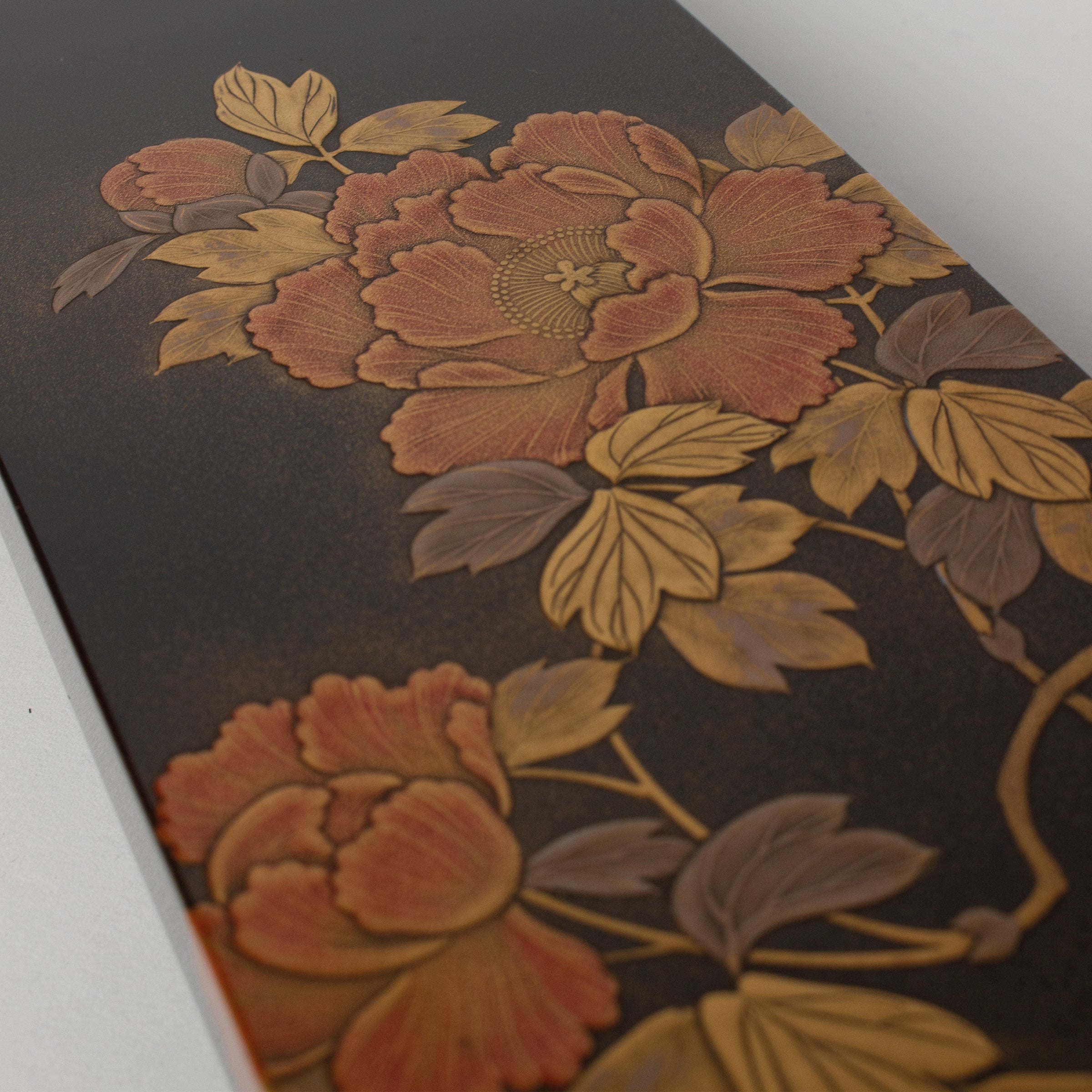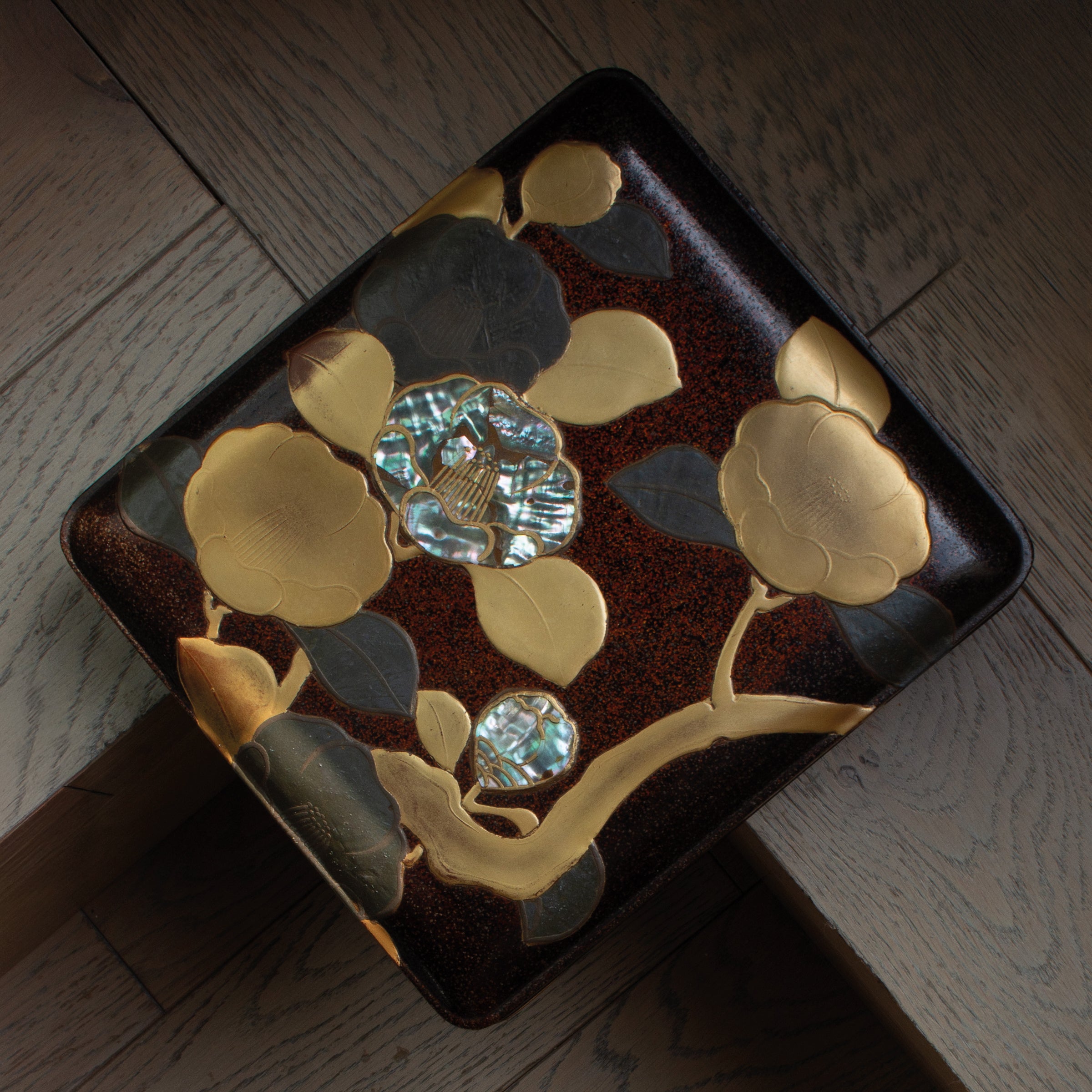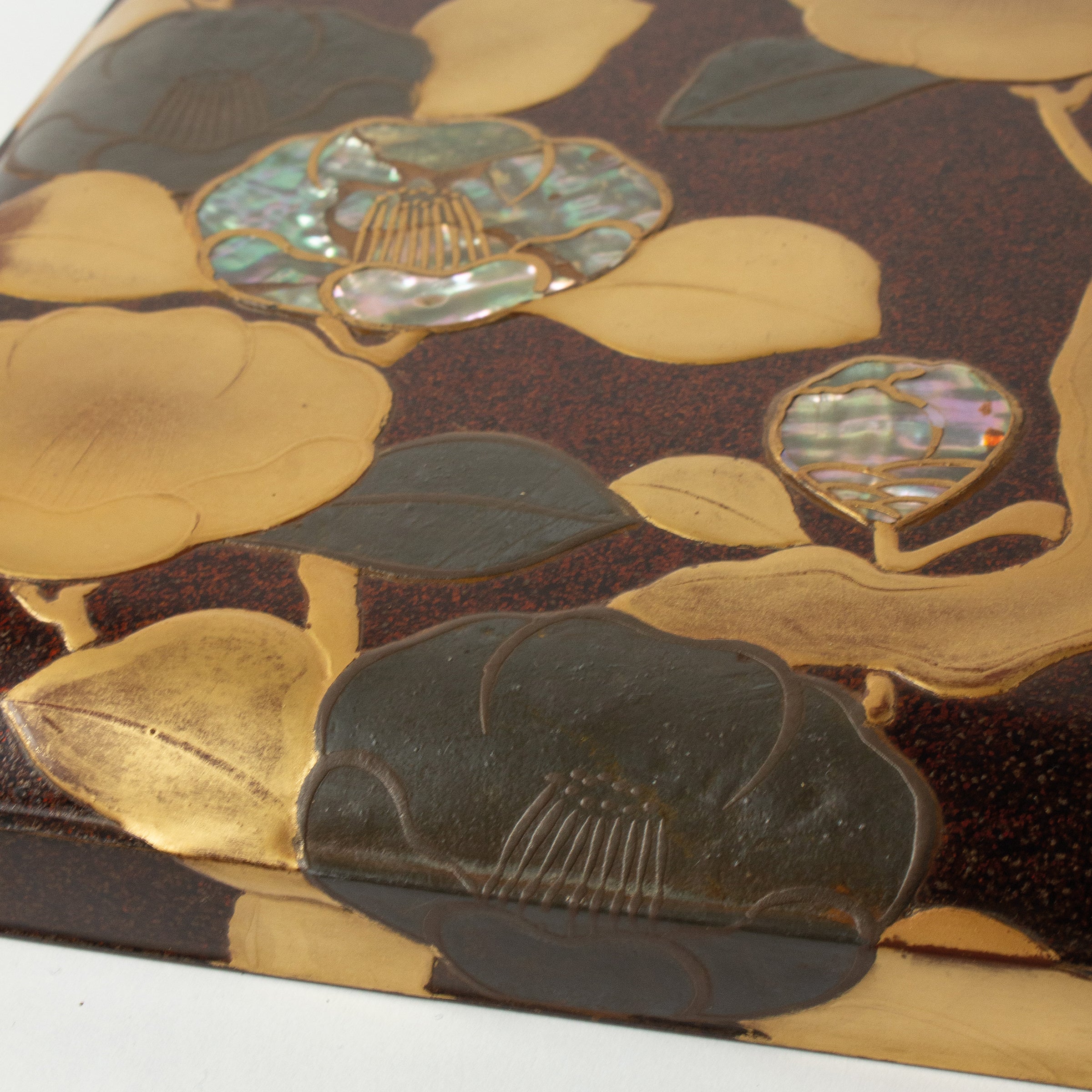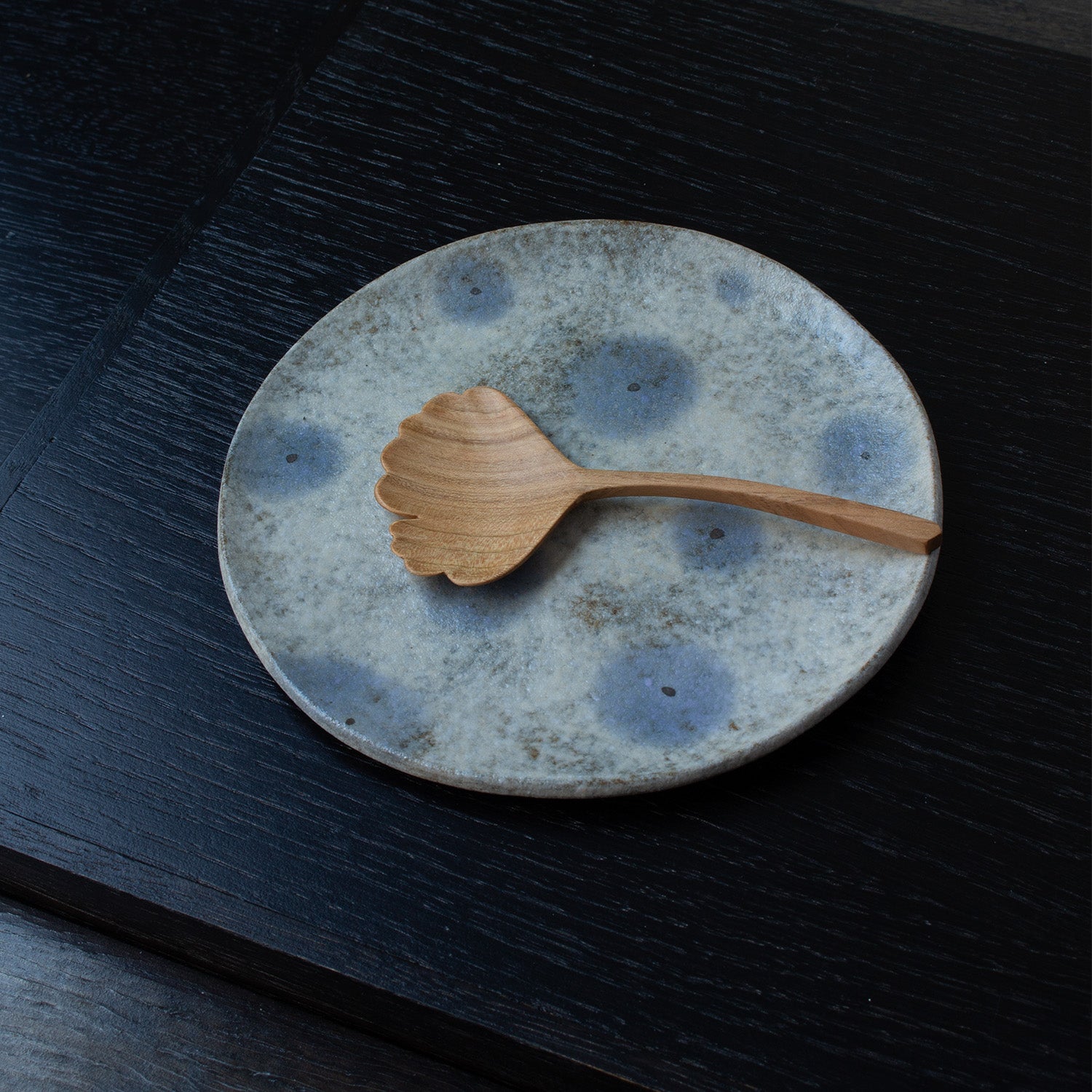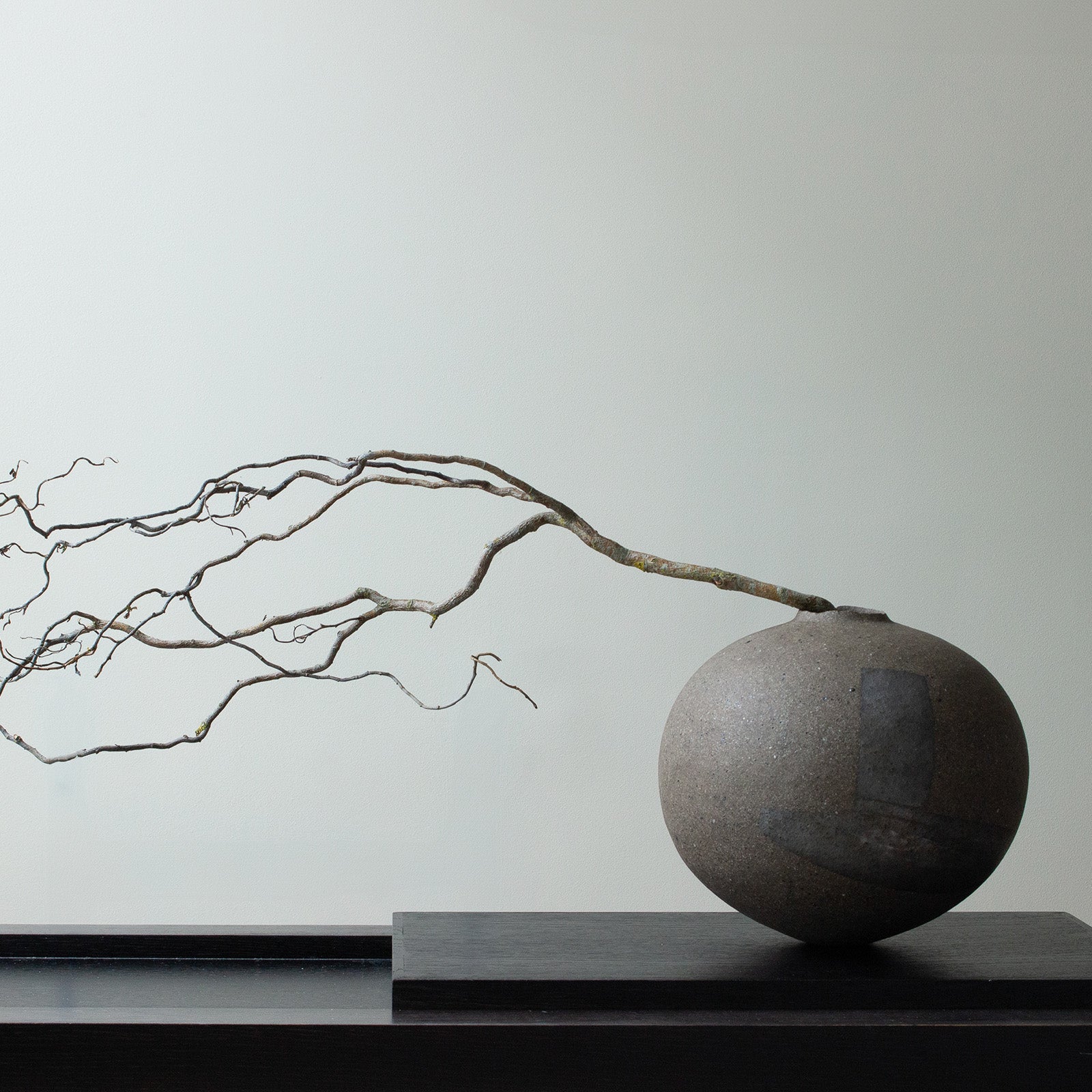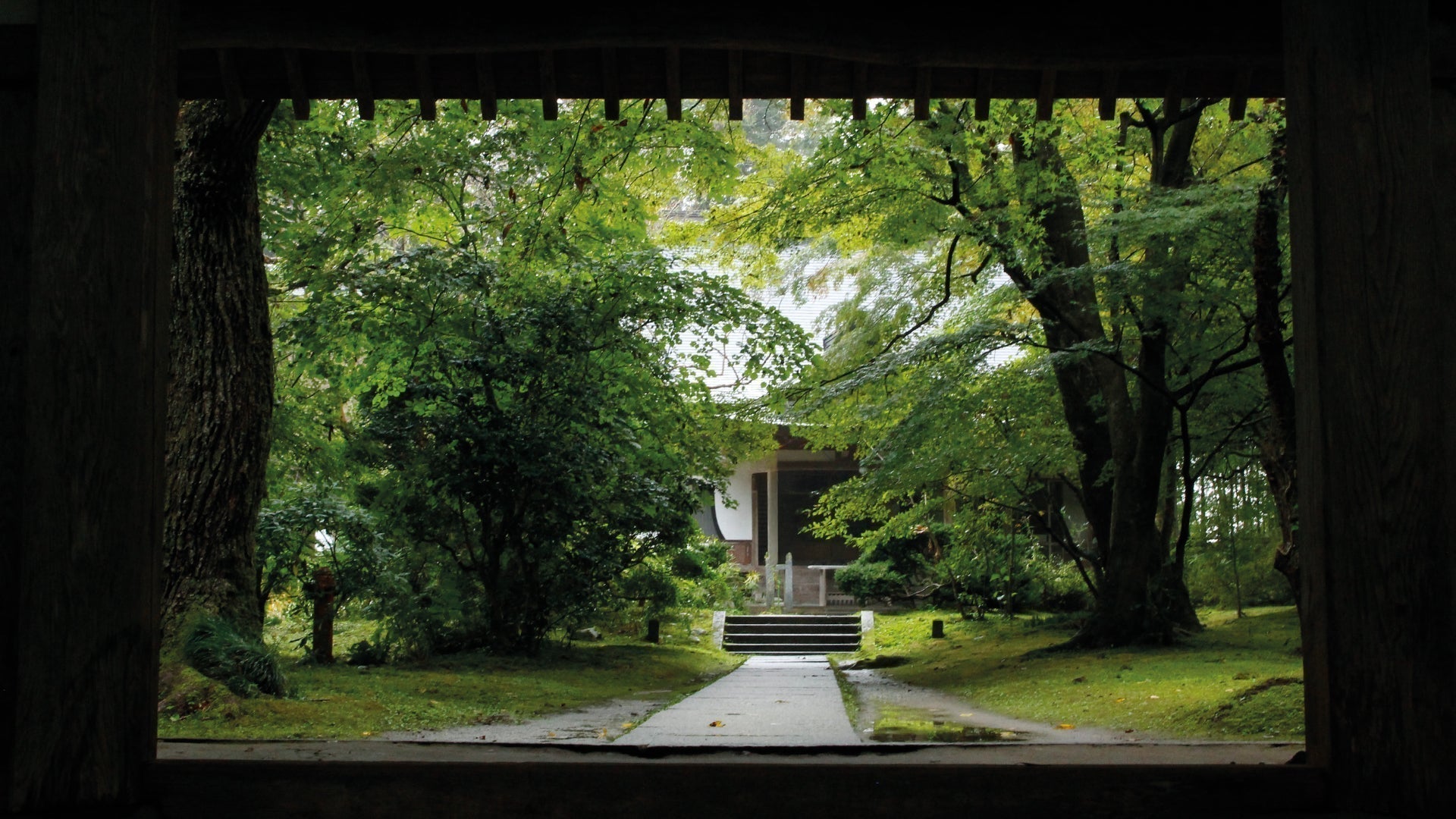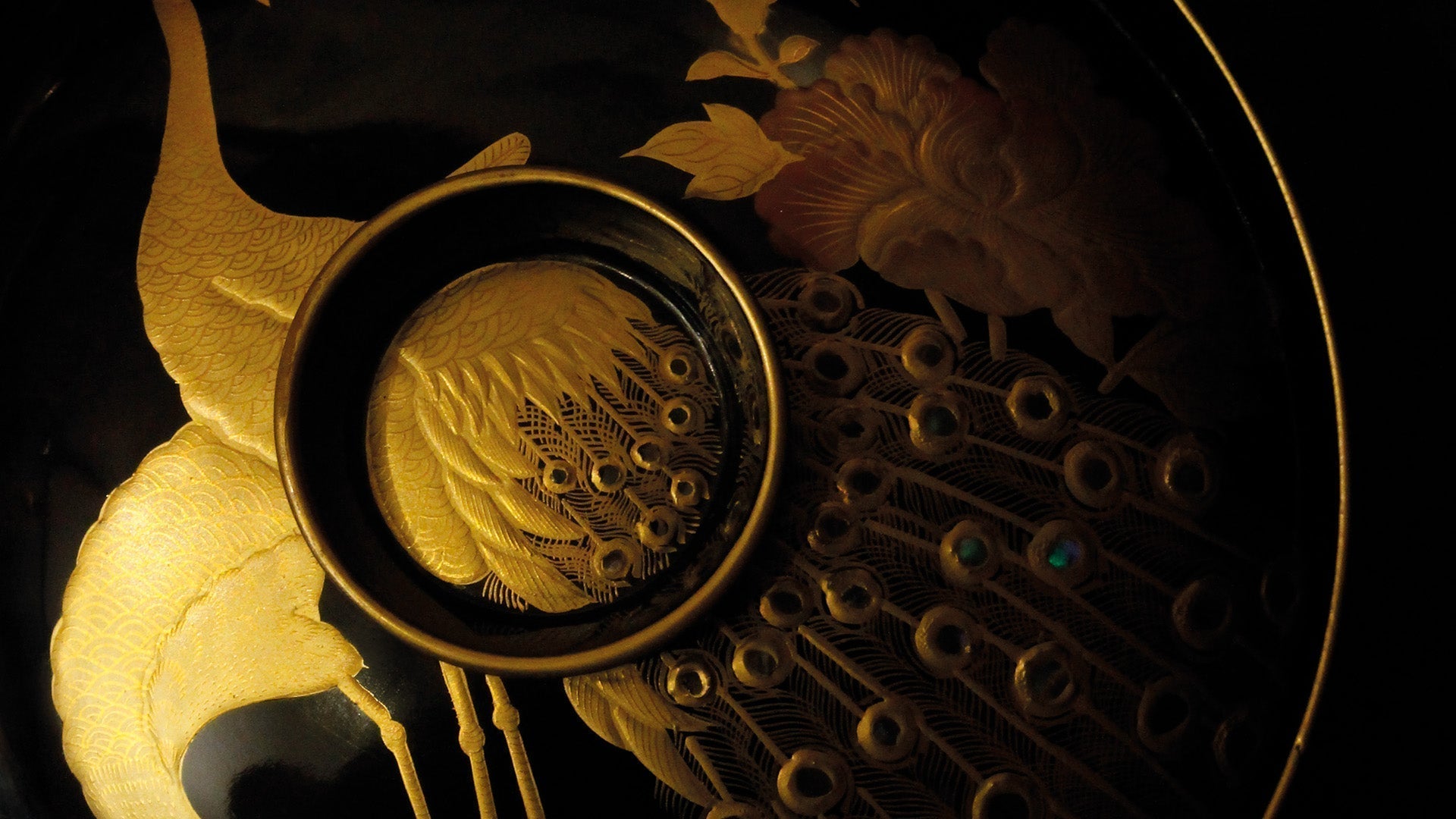
Japanese urushi lacquer: reflections of time and hand
Why, when faced with an object made of Japanese urushi lacquer, does the gaze linger with such moved, almost meditative curiosity? Within these deep surfaces, within this subtle dialogue between shadow and light, there is a singular presence that goes beyond mere appearance. Urushi lacquer is not a demonstrative art. It is an art of silence, of time, of the patient hand.
For centuries in Japan, this refined craft has accompanied everyday gestures as well as ceremonies. Lacquerware for the table, precious boxes, natsume for tea, incense accessories: so many discreet forms through which this rare material dialogues with use. If the fascination exerted by urushi has extended well beyond Japan, to enlightened connoisseurs in Europe, it is because it carries within it a timeless quality, a praise of slowness and contained beauty.
At Atelier Ikiwa, our admiration for the art of Japanese urushi lacquer is boundless. The pieces we select extend this heritage, offering a timeless yet contemporary take on this exceptional craft.
The slowness of gestures, the patience of the material
At the origin of this art, there is a tree: the Toxicodendron vernicifluum . From its bark, artisans harvest a rare sap (because very limited, the tree takes 20 years before being productive and it will only give 200ml of sap in total), the urushi, which will only deliver its properties after a long refining process. This organic matter imposes its own rhythm: it only dries in precise conditions of humidity and temperature, in the heart of dedicated spaces, the muro.
From preparing the surface—usually carefully turned wood—to applying successive layers of lacquer, each step requires total attention. The slightest flaw would appear in the transparency of the final layer. It takes weeks, sometimes months, for an object to achieve this unique depth.
In this art, time is not an obstacle: it is the raw material. Every gesture counts, every wait contributes to the work. It is perhaps this relationship with time that gives urushi its unique density.
Shadows, depths, textures
What urushi offers to the eye and the hand cannot be reduced to its brilliance. Much more than a simple varnish, it creates a living surface: a visual depth that the light touches without ever completely penetrating.
For this depth of material is added on certain pieces to the sumptuous brilliance of the decorations: gold or silver powders, mother-of-pearl inlays, delicate engravings. The urushi lacquer then becomes the medium of an incredible virtuosity, where each motif is born from infinitely precise gestures.
In this art, Japanese aesthetic concepts find a natural medium of expression. Shibui, in its refined sobriety. Wabi-sabi, in its acceptance of time and impermanence. Iki, in its discreet, always measured elegance.
The touch itself is essential: an object made of urushi lacquer invites you to hold it, to use it. The relationship with the material then becomes intimate, almost ritualistic. It is this sensory experience, both visual and tactile, that makes this art so unique and that Junichiro Tanizaki has so beautifully captured in his magnificent "In Praise of Shadows."
Objects of refined gestures
In Japan, lacquerware has long been a part of the most refined everyday arts. Natsume for tea, incense boxes for kōdō, tiered jubako for festive meals: these are all forms where lacquer is not just a simple ornament, but a partner in gestures.
This dimension of use gives urushi lacquer objects a particular presence: they are made to be handled, to enter into the rhythm of life. In the Atelier Ikiwa selection we pay particular attention to this dimension: choosing pieces where the balance between beauty and use remains alive if we wish to use the objects for something other than simply their decorative function.
The European Echo
Since the 18th century, urushi lacquer and its lavish decorations have fascinated Europe. From Marie Antoinette to the great collectors of Japonism, lacquer objects have aroused a true passion. Today, this art still captivates with its ability to embody an aesthetic of time, expert craftsmanship, and discreet refinement.
Contemporary enthusiasts are rediscovering this richness, not as exoticism, but as a sensitive response to a need for authenticity and rare beauty.
An invitation to explore further
To approach the world of Japanese urushi lacquer is to enter a world of slow gestures, noble materials, and subtle aesthetics. It is an art that is not revealed at a glance, but rather invites us to slow down, observe, and feel.
At Atelier Ikiwa, we'll continue this exploration with articles dedicated to craftsmanship, regional styles, decorative techniques, and, of course, our selection of exceptional urushi lacquer pieces. A journey to the heart of a precious art.



